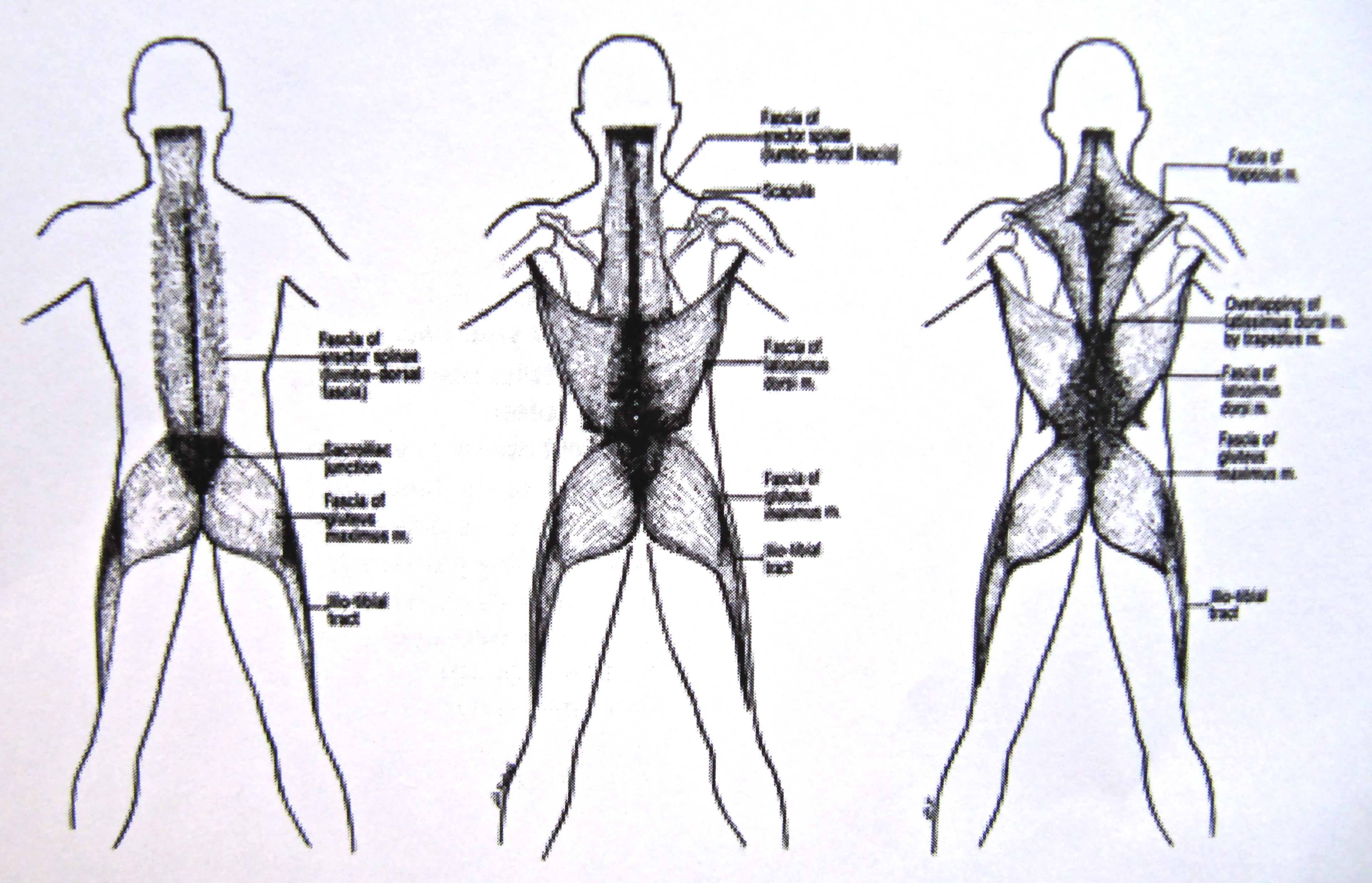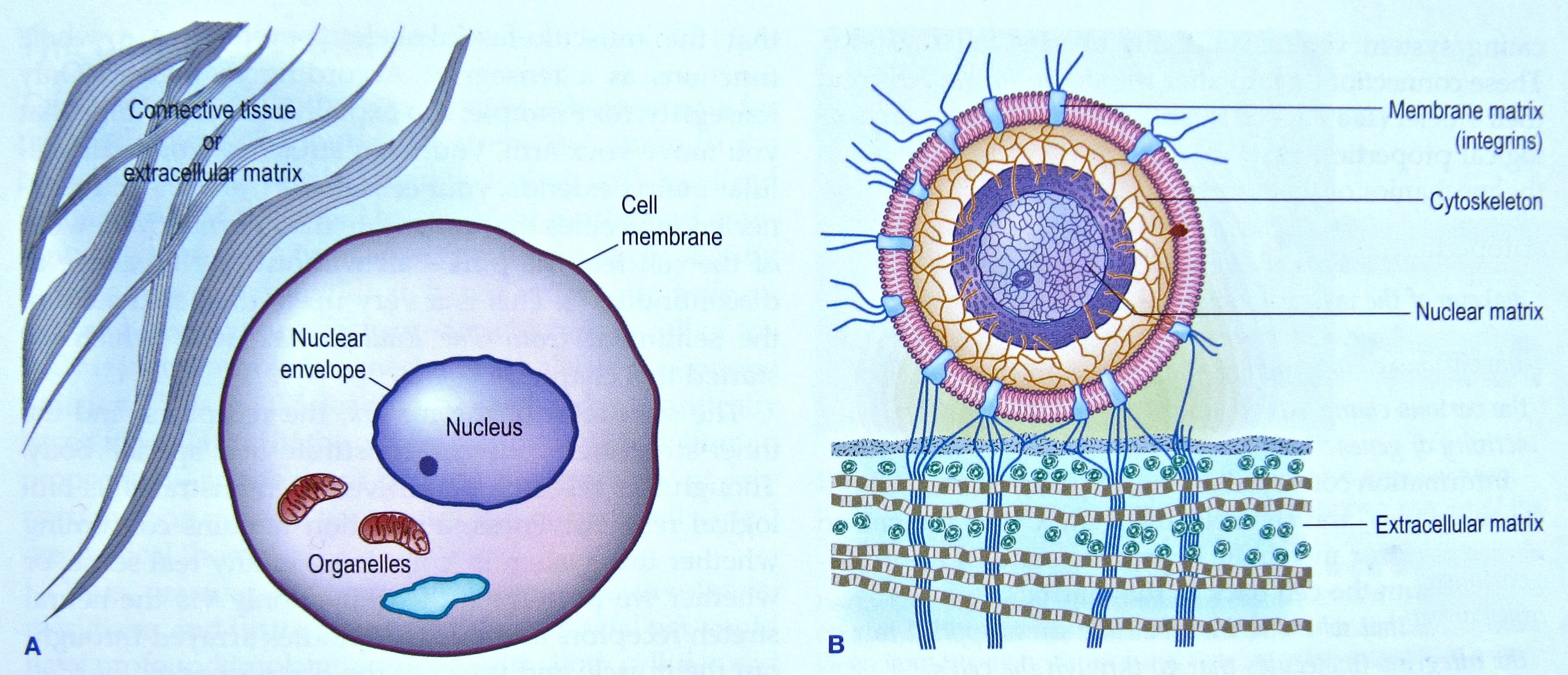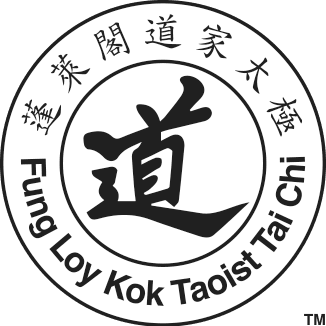The Dragon's Head Blog: Notes on Anatomy and Physiology: Function of the Thoracolumbar Fascia, Part 2
In the last note, we learned that bending forward with the low back in Step Up and Punch or Push Needle to Sea Bottom reverses the normal lumbar lordosis, lengthens the thoracolumbar fascia, tautens its fibers and stores elastic energy. We saw that simply letting the weight settle in the don yu , tor yu and set causes the pelvis to descend and gently rotate backwards, serving as another mechanism for drawing out the fascia. And we discussed how the elastic recoil energy stored by this expansion of connective tissue can be used to return the body to an upright position.
But the muscles of the low back are equally capable of bringing the body up from a forward bend, albeit at a much greater energy cost to the body. So, why the redundancy? Why design two different systems for bringing the body to an upright posture?
To answer this, we need to briefly review the concept of viscoelasticity.
Collagen is the principle fiber making up all connective tissue. Its behaviour is fundamentally shaped by viscoelasticity – the tendency for loaded structures to deform over time. I say over time but, in fact, this happens remarkably quickly. Within 1/3 of a second of loading and then holding collagen at a fixed, lengthened position, it will begin to sag and lose its stored elastic energy. When this happens to the thoracolumbar fascia,
the elastic energy accumulated with expansion will dissipate and we must then resort to the use of the back muscles if we are to return to an upright position.
This phenomenon of viscoelasticity associated with static posture leaves us with two choices. We can contrive to never stop moving, to continually change posture. This concept is familiar to all who practice the Taoist Tai Chi® arts. It is the basis for the observation that there is really only one move in the set, a move that starts with the opening bow and ends with the closing one. And this option lies behind the dictum: stand up/sit down same time. As we complete one move, we have already commenced the next one. Or, put another way, as we begin a new move, we are still finishing the previous. The body never completely pauses.
Our other choice in dealing with viscoelasticity is to hold a static posture but shift the load constantly between our connective tissue and our muscle. The redundancy built into the spine allows for such a shift.
Clearly, humans are not constructed for static structural stability. We are essentially unstable structures, forever influenced by gravity, and managing by means of our central nervous system to produce a dynamic equilibrium. No wonder we struggle with the effects of aging, injury and illness. To move confidently, we must maintain in good working order all participating structures of the body – the muscles and fascial springs, to be sure, but also the central nervous system which adds coordination and timing to our movements.
In addition to contributing structure and power, there are two other roles served by the thoracolumbar fascia that we need to mention here.
One is as sensing device. The thoracolumbar fascia and its extensions into the head and neck, upper and lower limbs, abdomen, low back and pelvis are equipped with sensors that fire with stretching. If we don’t lengthen the fascia, we don’t know where it is or even that we have one. But as we settle our weight and send out the hands, we tug on this endless web and become aware of where in space everything is – the thoracolumbar fascia itself and all the parts of the body to which it attaches. As well, we are kept up to date, usually without any conscious awareness, of the changing location of all these parts as we move.
This is proprioception, our vital position or kinaesthetic sense, the source of information without which our central nervous system would be incapable of coordinating and timing movement.

When the entire body operates in a balanced way, each part playing its proper role and linked with everything else in a field of unbroken connection, movement takes on a special feel. It offers a delightful sense of density, fullness or stickiness. As our practice deepens, we learn that in movement there is never a dull moment, never a moment of inattention during which some of the body’s tissues disengage.
This ever-present element of intention introduces us to novel ways of living and moving in the world. And this new knowledge surprises those of us tempted to believe that, at this point in life, the body has nothing more to teach.
Finally, the thoracolumbar fascia functions as a regulator of biology. We’ll look into this in more detail another time but, briefly stated, the interior of every cell of the body has the same tent-like structure enjoyed by the body as a whole. Each cell’s cytoskeleton, or internal form, is furnished with tension and compression elements that create tensegrity within the cell. In addition, special proteins known as integrins traverse the cell wall and transmit tension and compression forces from the surrounding connective tissue. These incoming signals, we now know, produce fundamental biochemical and genetic changes within the cell. Hence, simple moving about causes the thoracolumbar fascia and other connective tissue to tug on the interior of all the cells with which they come in contact, altering cell behaviour in significant ways.
Once again, we see that there are no independent structures in the body.

Next time, I’ll describe a simple tensegrity structure that you can easily build at home.
1. The Endless Web, 1996, L Schultz and R. Feitis, North Atlantic Books
2. Anatomy Trains, Second Edition, 2009, Thomas W. Myers, Churchill Livingston Elsevier, ISBN: 978-0-443-10283-7

